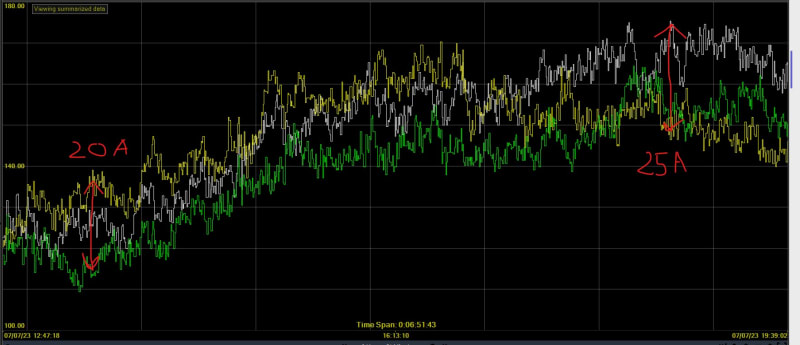Hello everyone,
Recently, my manager asked me to collect the standard about three-phase unbalance include voltage and current.
I already read some standards, like 1)IEEE std.1159, 2)IEC 61000-2-2, 3)EN 51600, 4)ANSI C84.1, 5)NEMA MG-1.
However, most of them only mentioned about the limit of voltage unbalance (like "not reach over 3%.").
Following are my questions:
Q1: Does any standard mention about the current unbalance?
Q2: I would like to know how to decide the limit values in each area or country? E.g. IEEE std.1159 set the limit value = 5%, but ANSI C84.1 set the limit value = 3%. Could someone please tell me the reason why they choose 5% / 3% as their standard.
Thank you, and please have a nice day
YKC
Recently, my manager asked me to collect the standard about three-phase unbalance include voltage and current.
I already read some standards, like 1)IEEE std.1159, 2)IEC 61000-2-2, 3)EN 51600, 4)ANSI C84.1, 5)NEMA MG-1.
However, most of them only mentioned about the limit of voltage unbalance (like "not reach over 3%.").
Following are my questions:
Q1: Does any standard mention about the current unbalance?
Q2: I would like to know how to decide the limit values in each area or country? E.g. IEEE std.1159 set the limit value = 5%, but ANSI C84.1 set the limit value = 3%. Could someone please tell me the reason why they choose 5% / 3% as their standard.
Thank you, and please have a nice day
YKC

